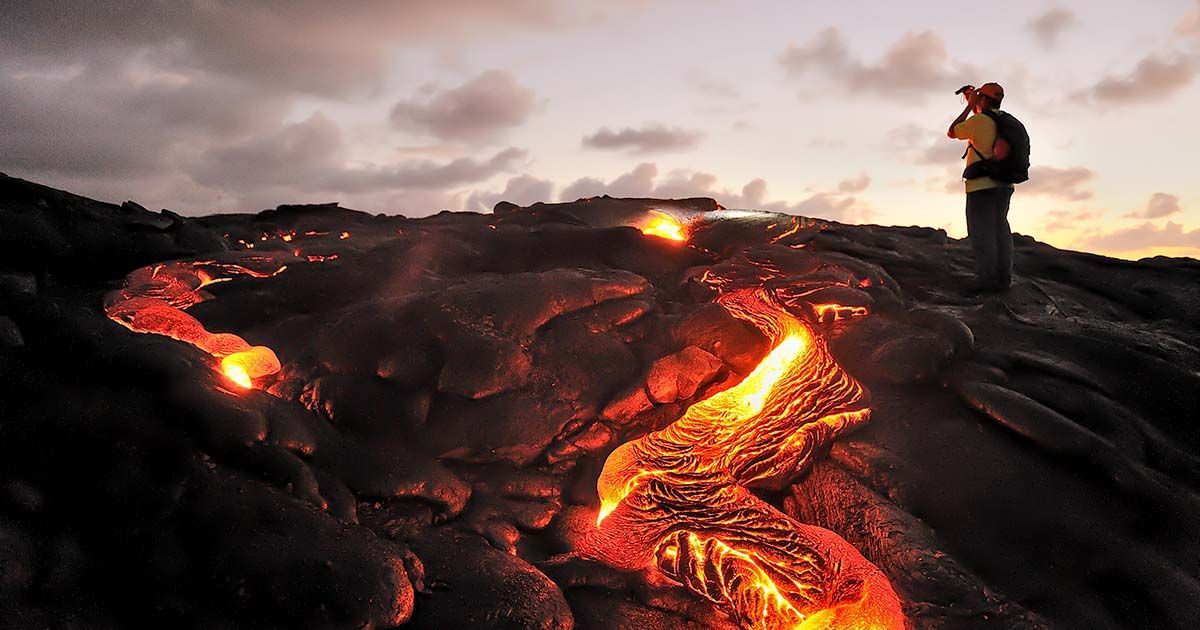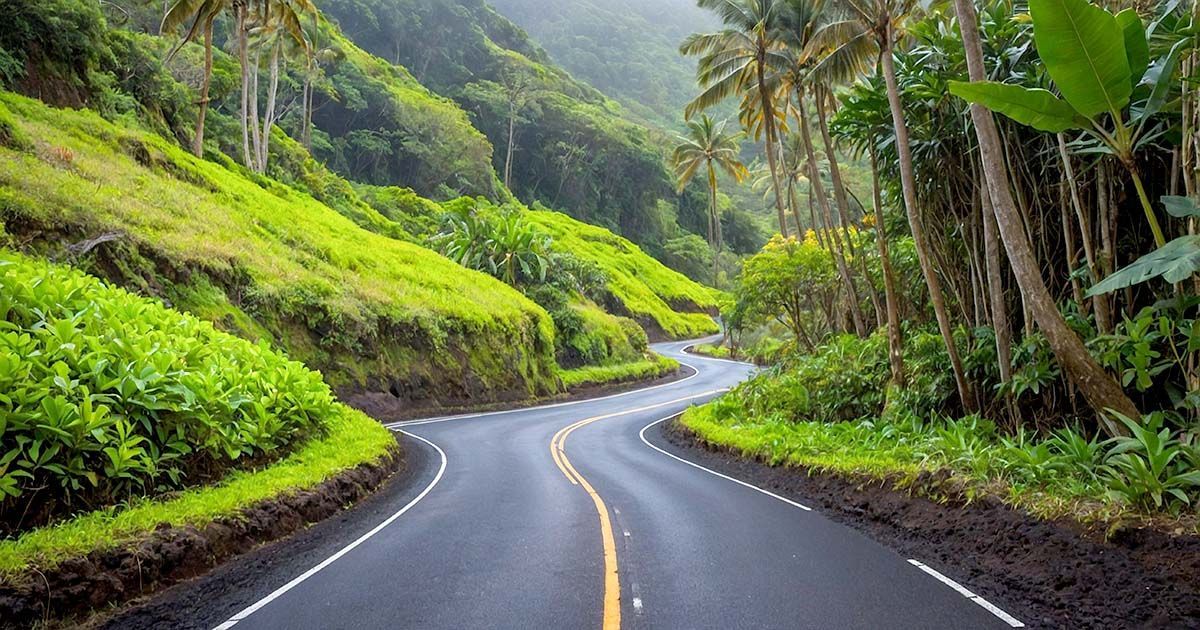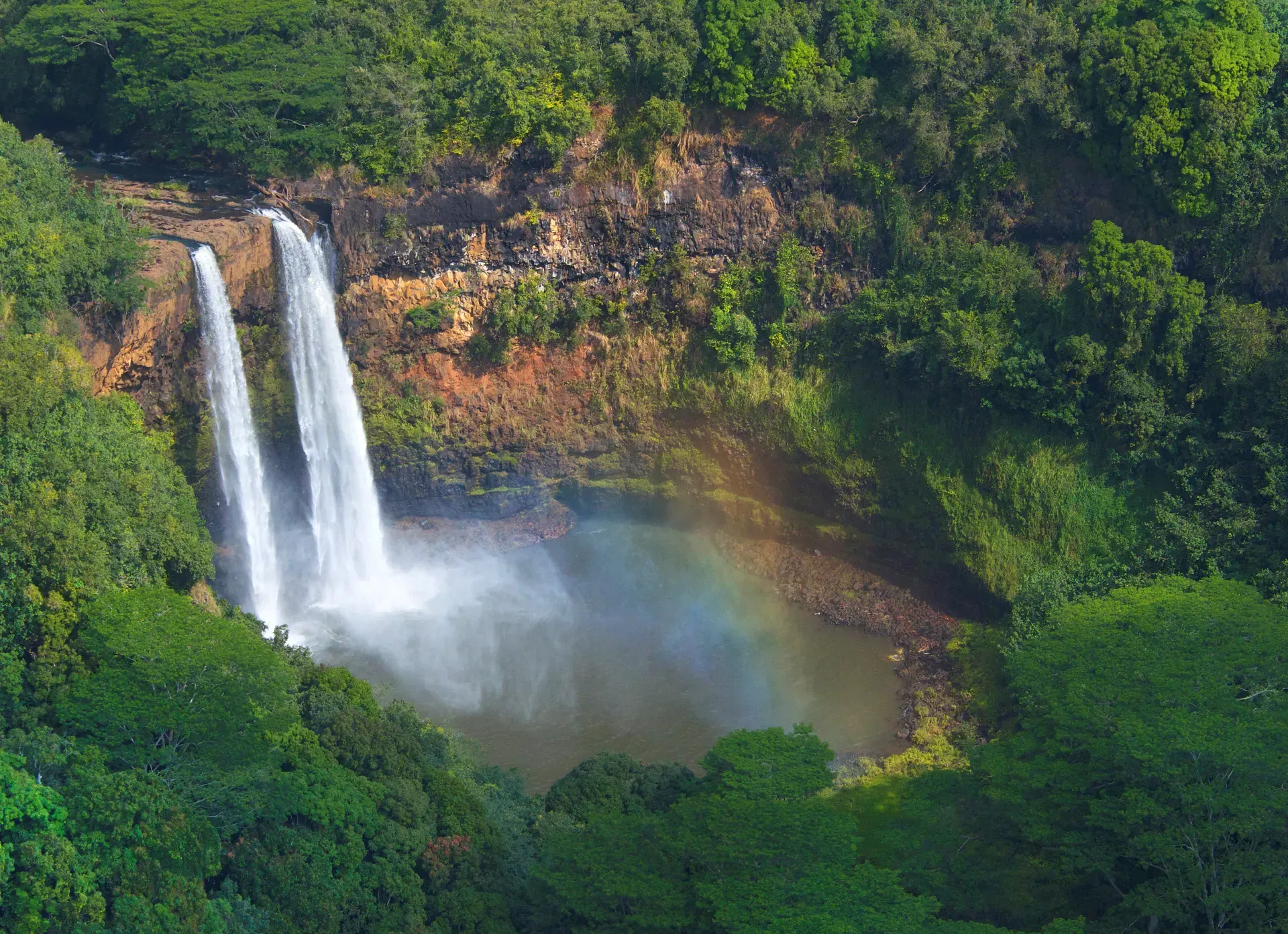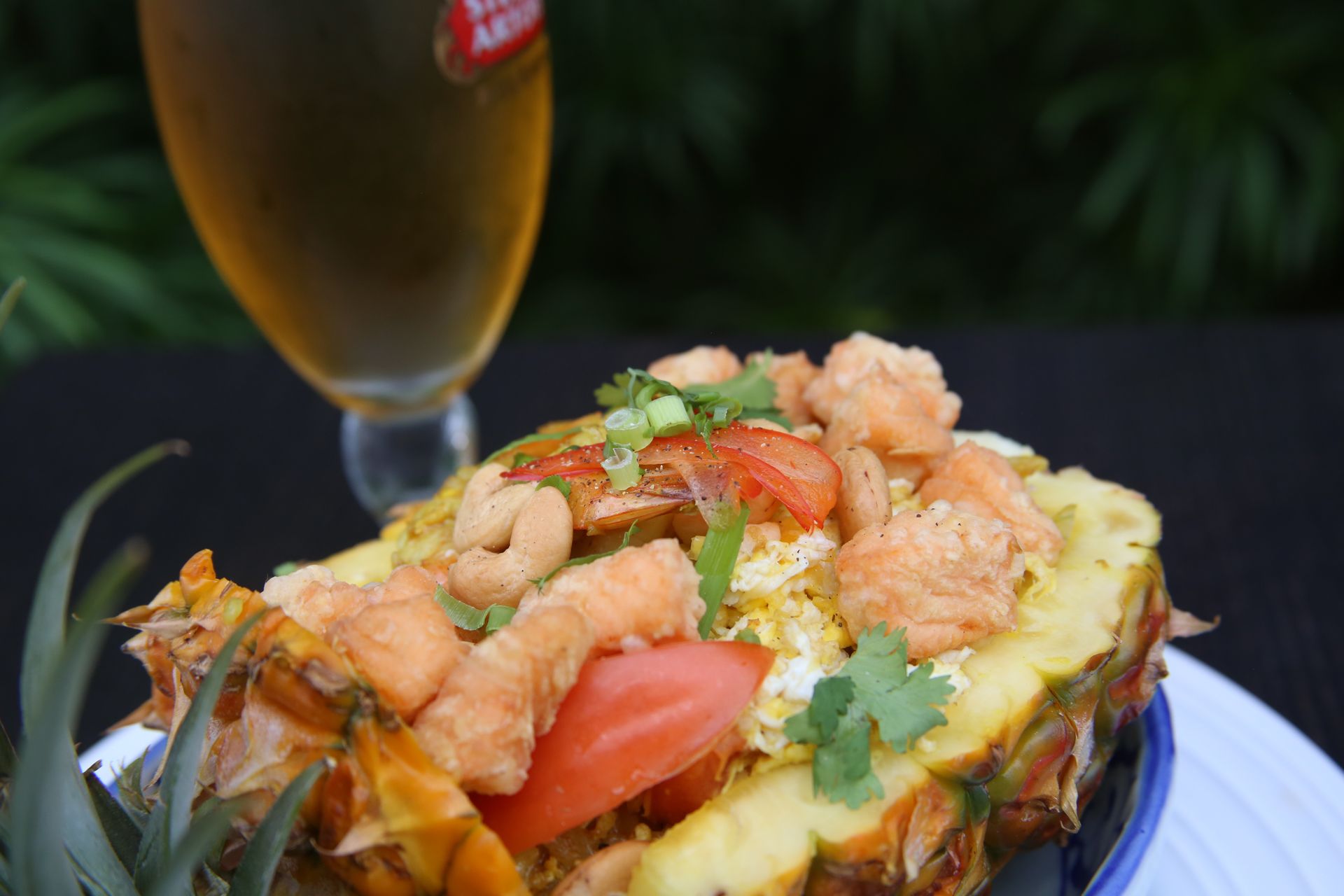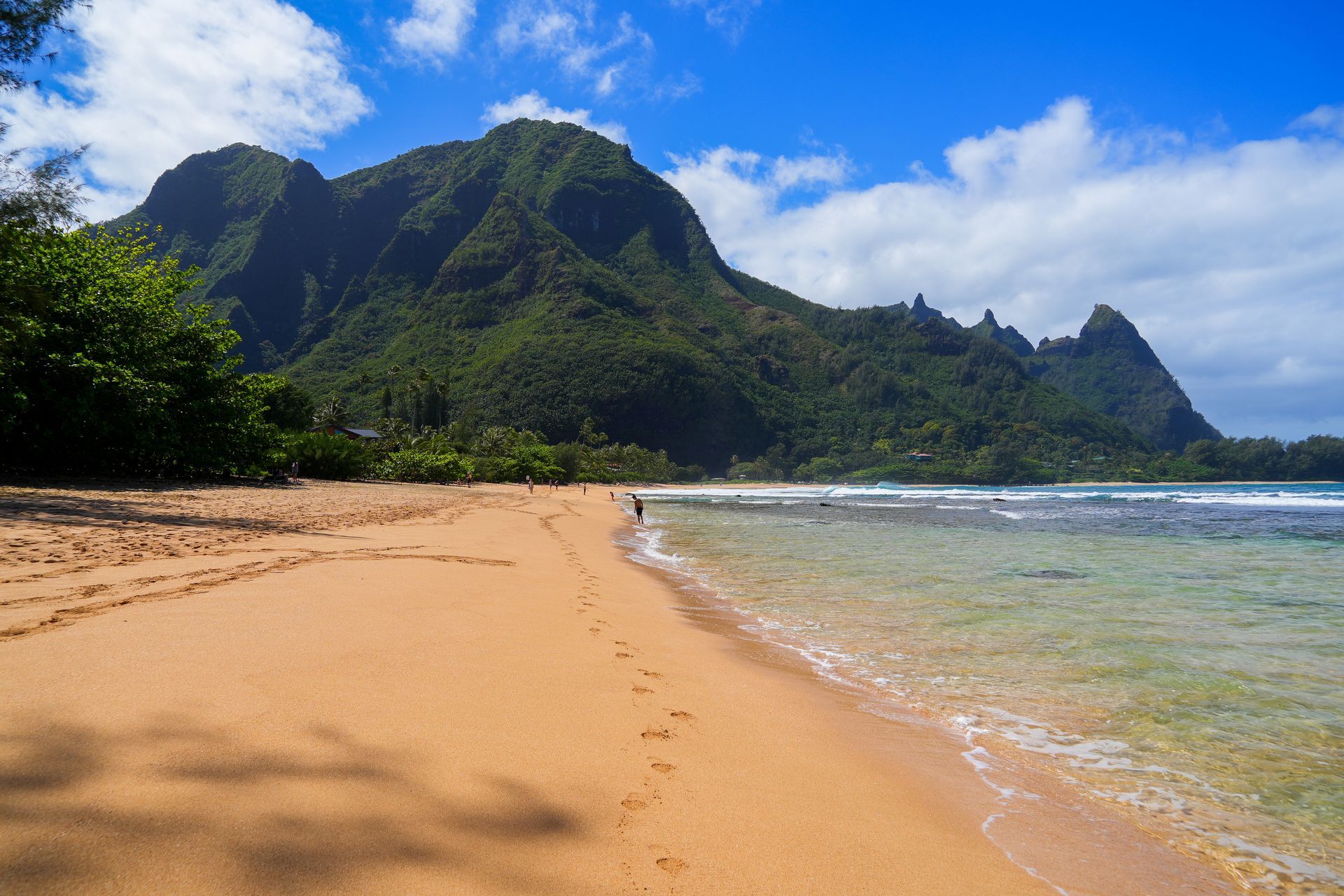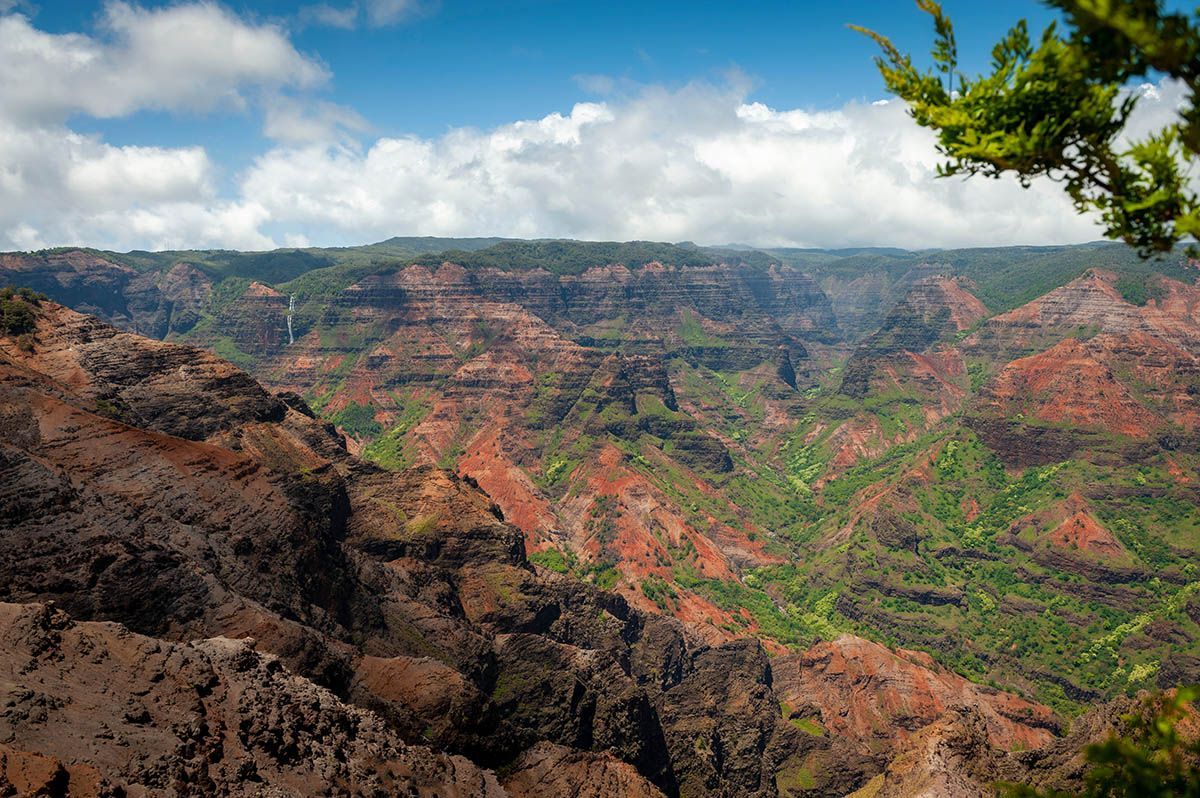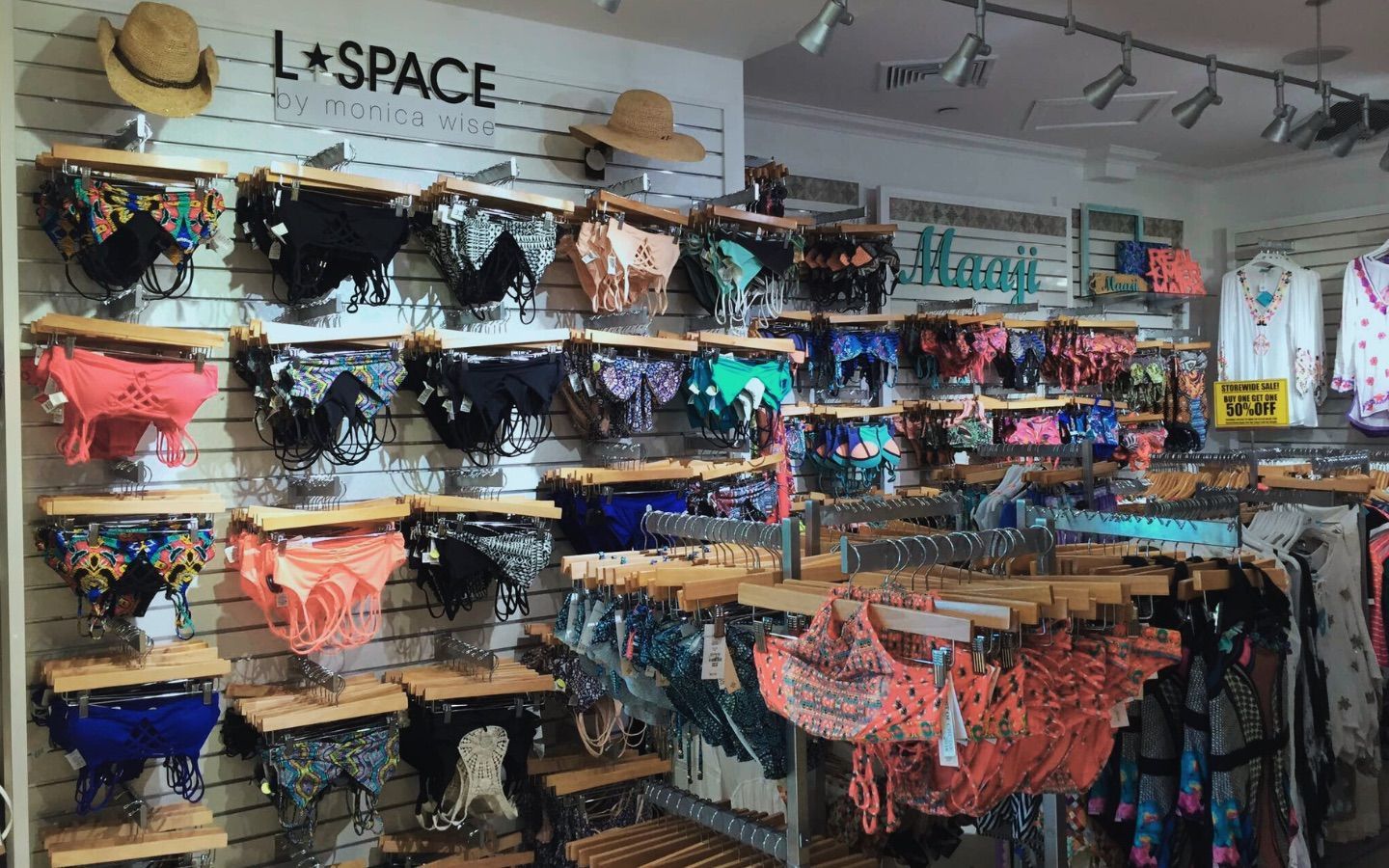The Eels of Hawaii: Moray, Conger, and Snake
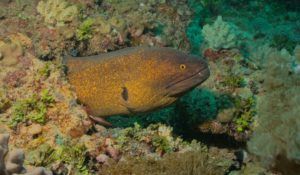
The eels of Hawaii come in many shapes and sizes, but they all have one thing in common: they are all masters of disguise. These slippery creatures can be found in the ocean’s depths, lurking among the coral reefs and rocks.
There are three types of eels that are commonly found in Hawaii’s waters: the Moray, Conger, and Snake eel. Each has its own unique characteristics and habits. In this blog post, we will take a closer look at each of these eels and learn about their habits and habitats.
Hawaiian Moray Eel
The moray eel is a sinuous, secretive inhabitant of coral reefs in Hawaii. Growing up to 6 feet in length, these eels are not to be trifled with—they have sharp teeth and a powerful bite. Morays are nocturnal predators, stalking their prey in the dark crevices of the reef. When an unsuspecting fish swims by, the moray eel lunges out and grabs it with its powerful jaws. These eels are also known to eat crabs, octopuses, and even other moray eels!
Although they may look fierce, moray eels are actually shy creatures that pose little threat to humans. In fact, they are often more scared of us than we are of them! While they may not be the most cuddly animals on the reef, the moray eel is an essential part of the delicate ecosystem of Hawaii.
Moray Eels as Food
While moray eels are not typically considered to be a delicacy, they are eaten in some parts of the world. In Japan, for example, moray eel is served grilled or smoked. It can also be found in Chinese and Taiwanese cuisine. Moray eel is also sometimes used as bait for fishing. However, due to their potential size and aggression, these eels can be dangerous to handle. As such, it is generally advisable to leave them alone unless you are an experienced fisherman.
Hawaiian Conger Eel
The Hawaiian conger eel is a species of eel that is found in the waters around the Hawaiian Islands. These eels can grow to be around 1.5 feet, and they are typically brown or black in color. Conger eels are carnivorous, and they primarily feed on small fish and crustaceans. These eels are also known for their ability to change their skin color, which they do in order to camouflage themselves from predators.
Hawaiian conger eels are not considered to be a threatened or endangered species, but they are protected by the state of Hawaii. These eels are popular among both recreational and commercial fishermen, and they are considered to be good for eating.
Hawaiian Snake Eel
The Hawaiian Snake Eel is a species of eel that can be found in the waters around Hawaii. These eels are red or brown in color, and they can grow to just under three feet long. Hawaiian Snake Eels are carnivorous, and they typically feed on small fish, crustaceans, and worms. These eels are often found living in burrows that they dig in the sand. When hunting, Hawaiian Snake Eels will coil their bodies around their prey and constrict it until it suffocates.
These eels are not considered to be dangerous to humans. However, if they are provoked, they may bite. Hawaiian Snake Eels mate during the summer months. The female eel will lay a batch of eggs, which the male eel will then fertilize. The eggs will hatch after about two weeks, and the young eels will be on their own from that point on. Hawaiian Snake Eels can live for up to ten years in the wild.
Avoid Eels While Snorkeling
While these eels are generally harmless, they can still give a painful bite if they feel threatened. For this reason, it’s best to avoid them altogether when snorkeling. Moray eels are perhaps the most feared of the three, thanks to their large size and sharp teeth. Observe them from a distance when seen in the water, and you will be just fine!
Enjoy Hawaii’s Marine Life From A Distance!
Now that you know more about some of Hawaii’s unique marine and reef life, you can go and enjoy snorkeling! Keep your distance from the wildlife while snorkeling, and enjoy your time in paradise!
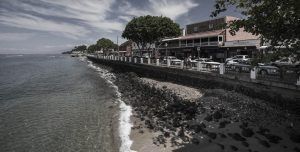
This Week Hawaii
Islands
All Rights Reserved | This Week Hawaii

